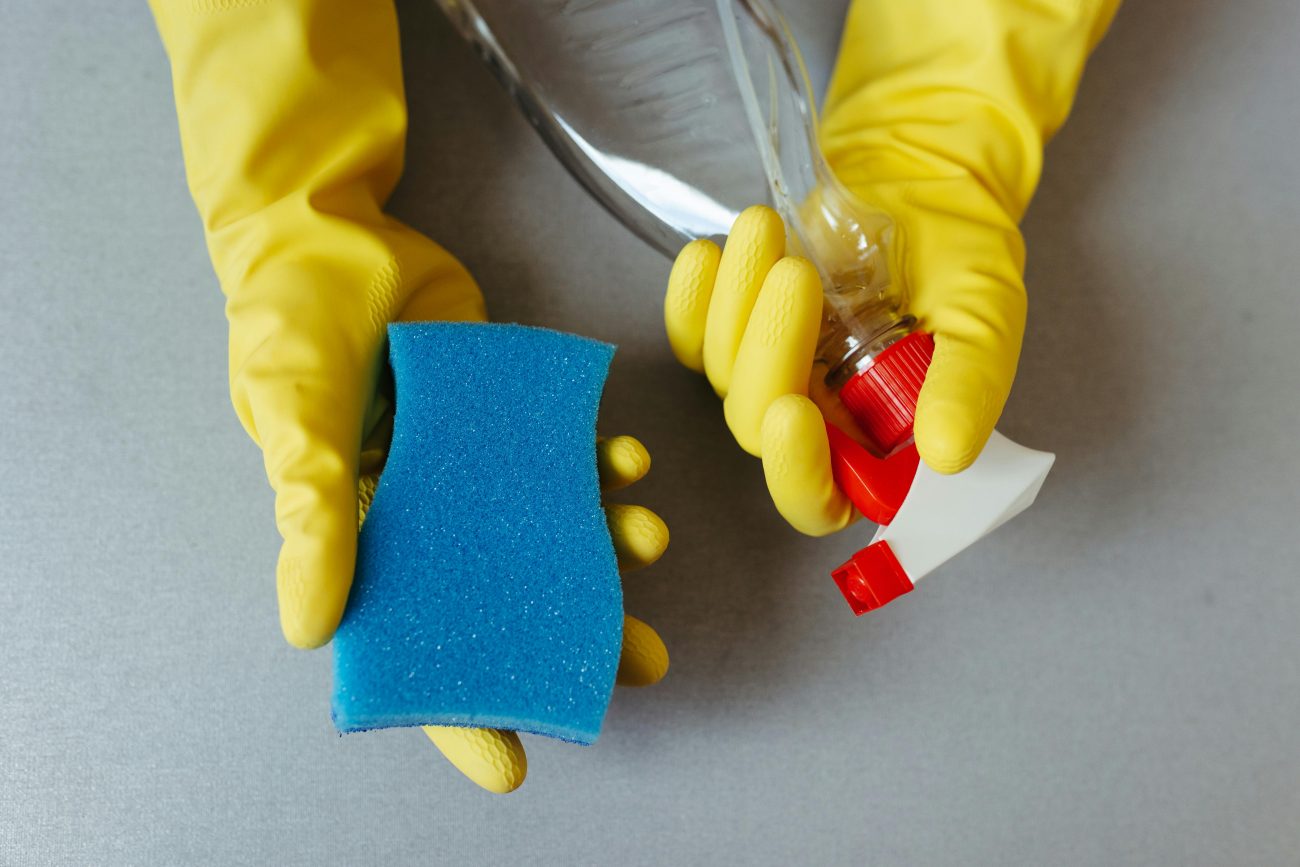Introduction
Bathroom mold is not just unsightly — it’s a health hazard. It can trigger allergies, worsen asthma, and even cause respiratory infections if left unchecked. In 2025, more homeowners than ever are looking for eco-friendly, effective, and affordable ways to remove mold from bathroom walls without causing damage or risking their health. This step-by-step DIY guide gives you everything you need to eliminate mold the right way — and prevent it from coming back.
What Causes Bathroom Mold?
Mold thrives in warm, moist environments, making bathrooms the perfect breeding ground. The most common causes include:
- Poor ventilation
- High humidity
- Leaking pipes or fixtures
- Soap scum and organic debris on walls
- Lack of regular cleaning
Is Mold Dangerous?
Yes — especially black mold (Stachybotrys chartarum), which can release mycotoxins. Health risks include:
- Allergic reactions
- Skin irritation
- Sinus congestion
- Eye irritation
- Long-term exposure: respiratory infections and weakened immunity
Tools and Materials You’ll Need
- Rubber gloves
- Safety goggles
- Face mask (N95 or equivalent)
- Spray bottle
- Scrub brush or old toothbrush
- Microfiber cloths
- Bucket
- Vinegar, baking soda, hydrogen peroxide, or commercial mold remover
Method 1: Remove Mold with Vinegar (Best Eco-Friendly Option)
- Fill a spray bottle with white vinegar (undiluted).
- Spray directly onto moldy surfaces.
- Let sit for 1 hour.
- Scrub with a brush.
- Rinse with warm water and wipe dry.
Why It Works:
Vinegar is mildly acidic and kills about 82% of mold species.
Method 2: Baking Soda + Water (Gentle but Effective)
- Mix 1 tablespoon of baking soda with 1 cup of water.
- Apply the solution to moldy areas.
- Scrub with a brush.
- Rinse with water and dry with a microfiber cloth.
- For extra effect, respray with baking soda solution and let it air-dry.
Method 3: Hydrogen Peroxide (Stronger and Disinfecting)
- Pour 3% hydrogen peroxide into a spray bottle.
- Spray directly on mold.
- Let sit for 10 minutes.
- Scrub with brush and rinse.
Safety Note: Hydrogen peroxide can bleach some materials — test first!
Method 4: Commercial Mold Removers
Choose EPA-approved mold removers that don’t contain harsh fumes. Follow label instructions carefully. Wear gloves and ventilate the space during and after use.
Preventing Mold from Returning
- Install an exhaust fan and use it during and after showers
- Open windows when possible to improve airflow
- Use a dehumidifier if humidity stays above 60%
- Fix leaks immediately
- Wipe down walls after each shower
- Clean weekly with anti-mold spray or vinegar
When to Call a Professional
- Mold keeps coming back despite cleaning
- The affected area is larger than 10 square feet
- You suspect mold inside walls or under tiles
- You experience health symptoms while cleaning
Mold on Different Bathroom Surfaces
Tile and Grout:
Use a stiff-bristled brush with hydrogen peroxide or commercial grout cleaner.
Painted Drywall:
Use vinegar or baking soda. Avoid excessive scrubbing to prevent paint damage.
Ceilings:
Use a step ladder and extendable cleaning tool. Spray vinegar or peroxide, let sit, then wipe gently.
Silicone Caulk:
Often requires removal and replacement if mold is embedded.
Frequently Asked Questions
Is bleach good for mold removal?
It kills surface mold but doesn’t penetrate porous surfaces, so it’s not always effective.
What’s the safest method for kids and pets?
Vinegar and baking soda are safest. Avoid harsh chemicals.
How do I know if I have black mold?
Black spots that spread, cause a musty odor, and appear fuzzy may indicate toxic black mold. Get it tested if in doubt.
How to Fix a Vacuum Cleaner That Lost Suction (2025 DIY Guide)
